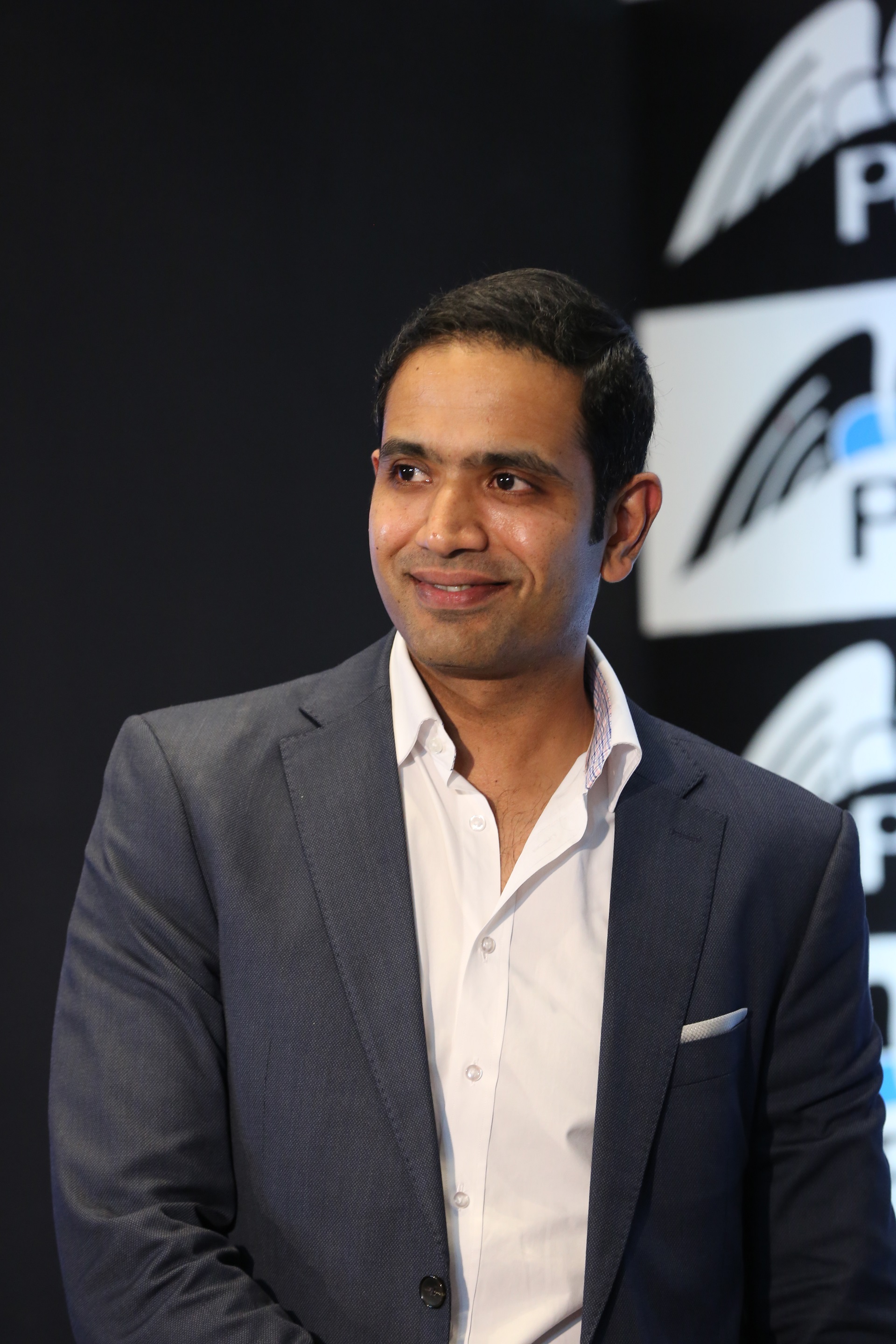FarEye, a digital logistics platform, has announced the successful introduction of its new parcel shop technology – ‘Drop&Pick‘. Launched in January 2017 the technology is already being incorporated by various large businesses like DHL, DTDC, First Flight and many others to facilitate paperless, high speed and secure dispatch/delivery of parcels through its parcel shop network.

FarEye’s ‘Drop&Pick‘– aimed at major enterprises and logistics firms globally is built to fulfill the need for fast and convenient dispatch/delivery of parcels with minimal cost of infrastructure. Its successful roll out is now revolutionizing traditional dispatch/delivery processes into efficient and customer-centric approaches.
Drop&Pick follows a key three phased – book, manage and deliver process, which is based around a simple to use and intuitive mobile application. The app enables any parcel shop to quickly register a parcel, and the sender’s details [including capturing handwritten information], followed by scanning the shipment and adding recipient name, delivery details and parcel size. It then calculates shipping fees which the sender can pay in multiple ways – prepaid, wallets, cash or card.
The parcel shop personnel can also book multiple parcels under one sender ID. In the back end – data entry processes convert images to actual data. The parcel is then handed over to the courier and electronic proof of transfer is collected, who then delivers to the end customer and once again, receives electronic proof of delivery from the customer. This technology while enables quick and seamless dispatch and receiving of parcels – has two additional benefits
SME Ecosystem development – The technology is providing significant benefits for Small & Medium-sized Enterprises [SMEs] and Micro-SMEs who want to sell their products online but cannot build an in-house delivery infrastructure. Their hence need fast and convenient delivery services for their customers. The sellers may easily deposit their parcels at selected parcel shops or they can also raise a parcel booking request online [and prepay it]. It generates a ‘parcel label’ which then acts as a unique order ID.
Reduced carbon emissions – Door to door delivery can waste a lot of time and fuel in finding home addresses, while if parcel is dropped at a network shop, it saves resources. The customer can later collect the parcel at his or her convenience.
This technology is also targeted towards logistics businesses offering franchise models. While this model has been available since a long time to book parcels, the need now is to add a layer of visibility and efficiency to the processes to help businesses make real-time data backed decisions and in parallel empower the customers with easy deliveries, event alerts & notifications. The customer gets an option of getting parcel delivered to a nearby ‘parcel shop’, both -during the time of order placement as well as before the actual delivery.
Kushal Nahata, Co-Founder and CEO, FarEye said
The reaction to FarEye’s parcel shop technology – Drop&Pick has been exceptional. The product is built to enable fast & convenient delivery/dispatch of parcels which provides logistics companies innovative and value-added services, thus increasing their revenue streams while enhancing their customers’ experience.
There is a sharp increase in online transactions and both sellers & buyers require smart and efficient dispatch & delivery of goods as quickly as possible. The global e-commerce market is about 2 trillion USD and FarEye with its technology excellence is integrating into the systems of major logistics service providers, helping them capture this market. Our Mobile Application for Parcel Shop Delivery is a key aspect of the technology, which is being used by many of our clients including DHL. We expect to see the use of this technology across many key markets in 2018.
About FarEye
FarEye is a carrier agnostic SaaS platform that digitalizes logistics by integrating and optimizing business processes and adding a predictability layer to make them more efficient. FarEye has designed the world’s first BPM Engine for the modern-age logistics function, enabling companies to become agile and reduce their go-to-market time. The solution uses a blend of mobility and geo-intelligence to provide real-time multi-enterprise visibility of logistics function. For more information, please visit FarEye











